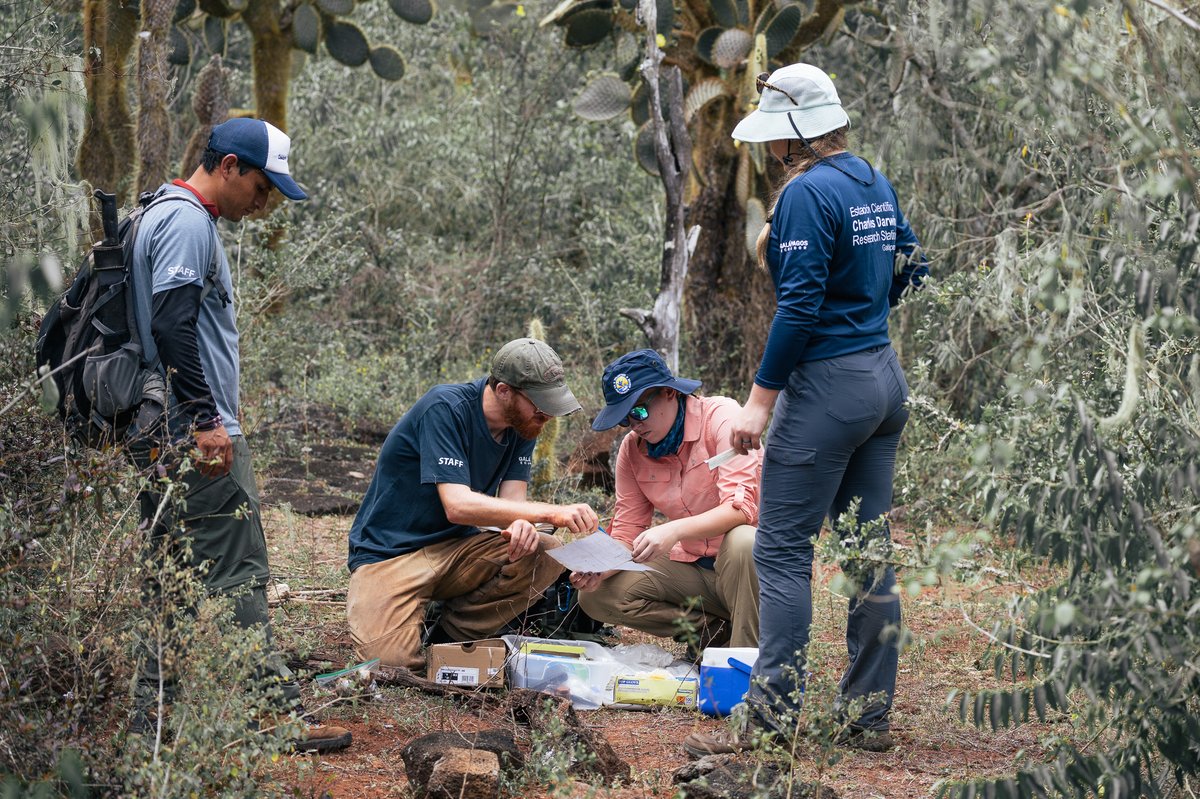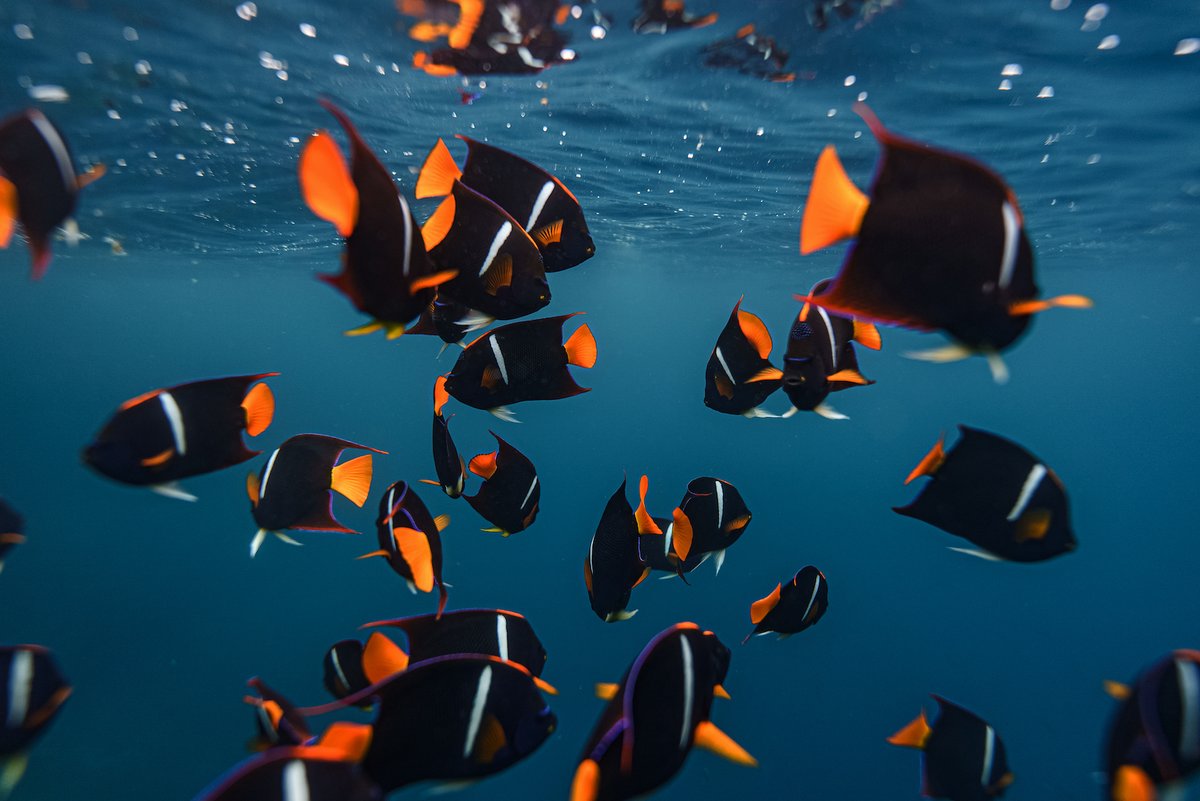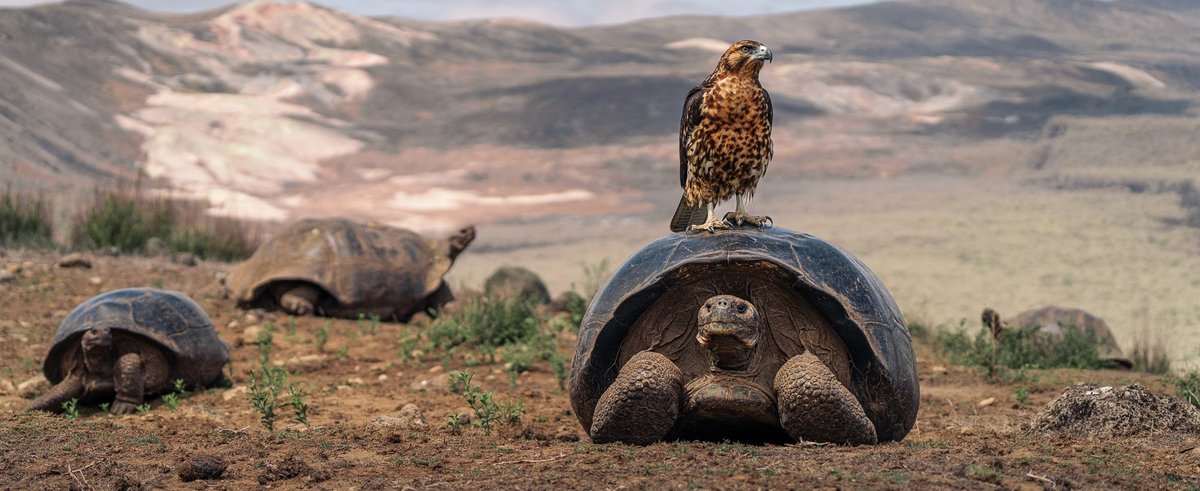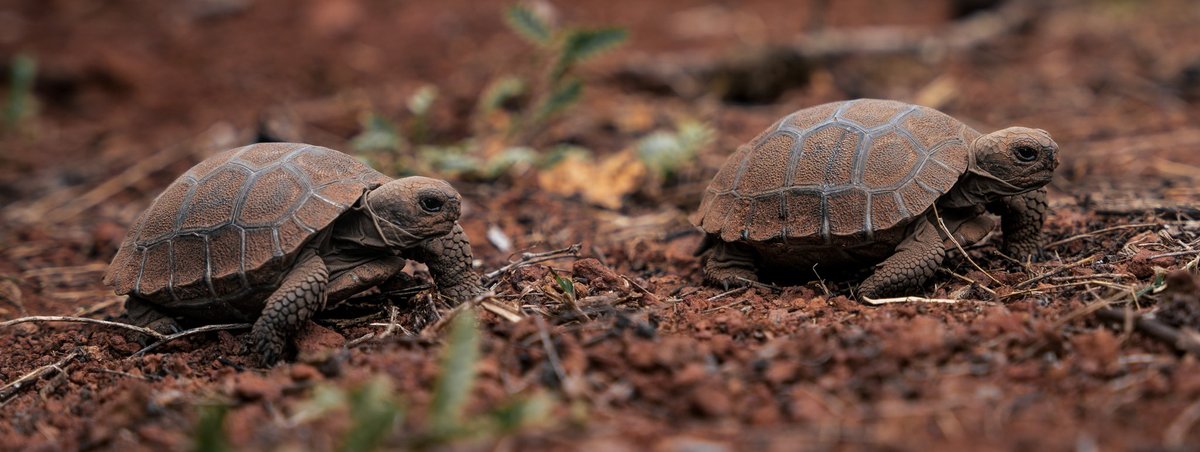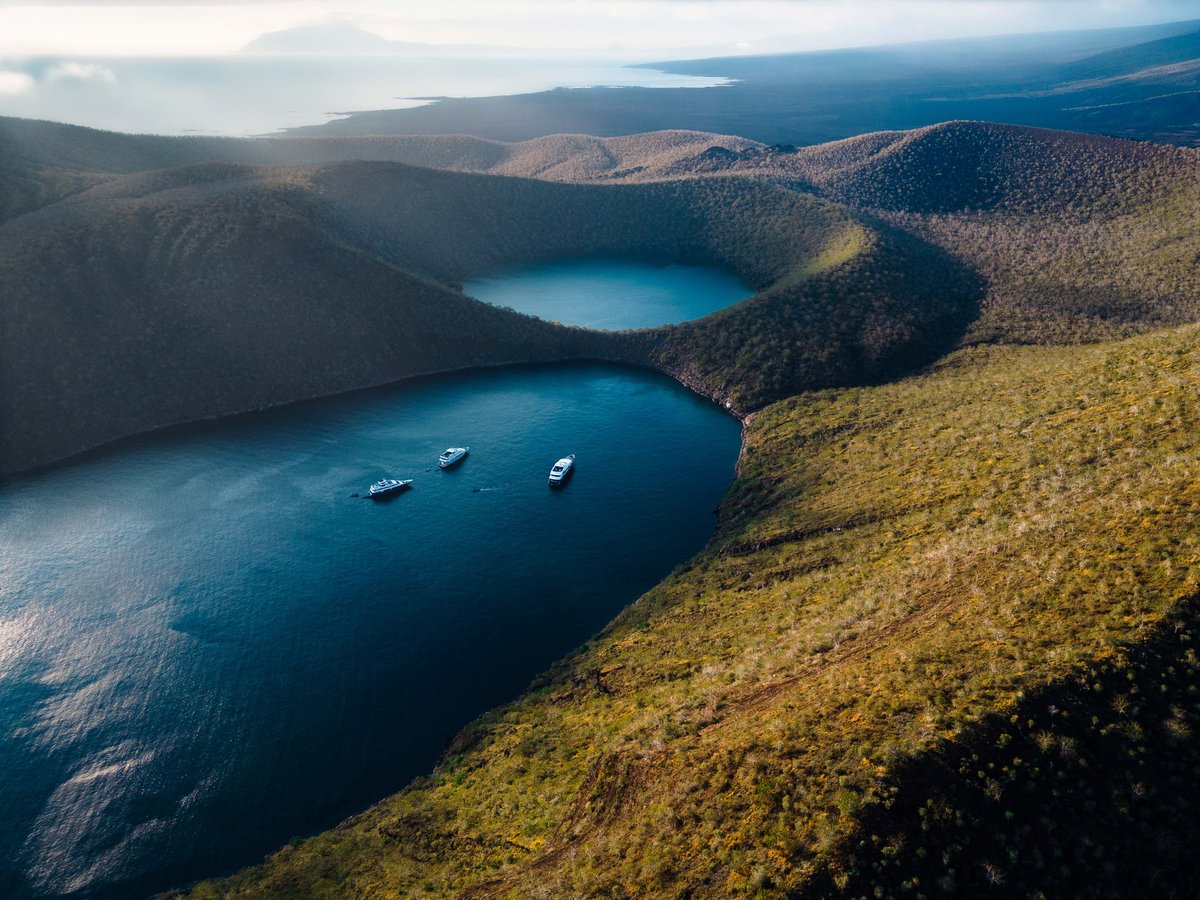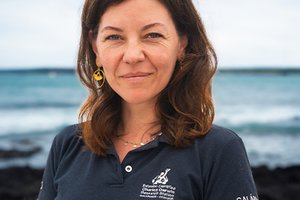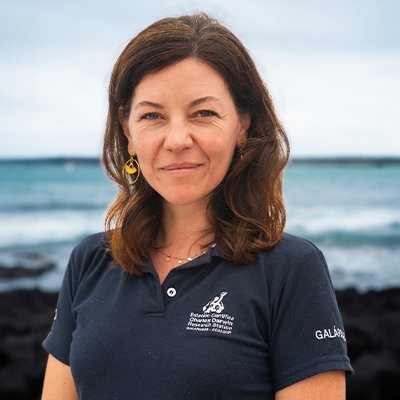The world conservation movement and the Galapagos Islands lost a passionate supporter, pioneering conservationist, mentor and friend with the death of Dr. Craig George MacFarland in April 2025. Craig will be remembered fondly by his former colleagues, friends and students around the world, having left his mark on the Charles Darwin Foundation, the Galapagos Islands and conservation at large.
A life dedicated to conservation
Craig’s name is inseparable from the early history of scientific research and conservation in the Galapagos Islands. In the 1960s-70s, he led the first major field studies of Galapagos tortoises, laying critical groundwork for the strategies and policies that define modern tortoise conservation today.
He went on to serve as the 6th Executive Director of the Charles Darwin Research Station (1974–1978) and later as President of the Charles Darwin Foundation (1984–1996), where he holds the distinction of being the longest-serving president in a single term. Under his leadership, the Foundation significantly expanded the tortoise captive breeding programme, strengthened collaboration with the Galapagos National Park Directorate, and advanced scientific initiatives that laid the groundwork for species recovery efforts across the archipelago.
Craig’s visionary approach also extended into the long-term sustainability of conservation efforts. During his time as President Craig oversaw the creation of the Charles Darwin Foundation Inc. with the aim to strengthen the foundation’s fundraising efforts in the United States. Later this organization changed its name to Galapagos Conservancy.
Beyond his leadership roles with CDF, Craig remained a steadfast champion of protected areas across Latin America. His work at Colorado State University and CATIE in Costa Rica helped establish management plans for over 80 protected areas. He trained and mentored hundreds of park rangers, conservation professionals, and community leaders—his influence rippling across continents and generations.
In recognition of his lifetime of service to conservation and science, Craig was named an Honorary Member of the Charles Darwin Foundation in 2012.

Remembering Onan: A Story Only Craig Could Tell
Among Craig’s many stories from the field, one stands out as a beautiful fusion of humor, biology, and enduring affection for the creatures he studied: the tale of Onan, perhaps the most individualistic—and oddly endearing—tortoise in Galapagos history.
Onan was an ancient male tortoise who spent most of his life alone in the central crater of Pinzón Island. By the mid-20th century, tortoise populations on the island had plummeted due to overexploitation and rat predation, with fewer than 200 individuals remaining—and all but Onan lived elsewhere on the island. For decades, Onan reigned in solitude at the center of the crater.
During a visit in 1970, Craig MacFarland and Peter Kramer observed an unforgettable behavior: Onan, long deprived of company, had begun courting tortoise-shaped rocks. With characteristic wit, Craig named him “Onan”—a reference to the biblical figure in the Book of Genesis known for solitary acts. The name was part biological observation, part affectionate ribbing, and all Craig: layered with knowledge, humor, and heart.
Over time, as young tortoises bred in the breeding center were introduced to the crater through CDF’s and the GNPD’s repatriation program, Onan finally found company. Still, he remained a character until he passed away in 1990—likely over 100 years old, perhaps even a relic of the 19th century, born before rats devastated the island's hatchlings. Onan, like Craig, was unforgettable: a little ornery, fiercely independent, and deeply cherished by those who knew him.
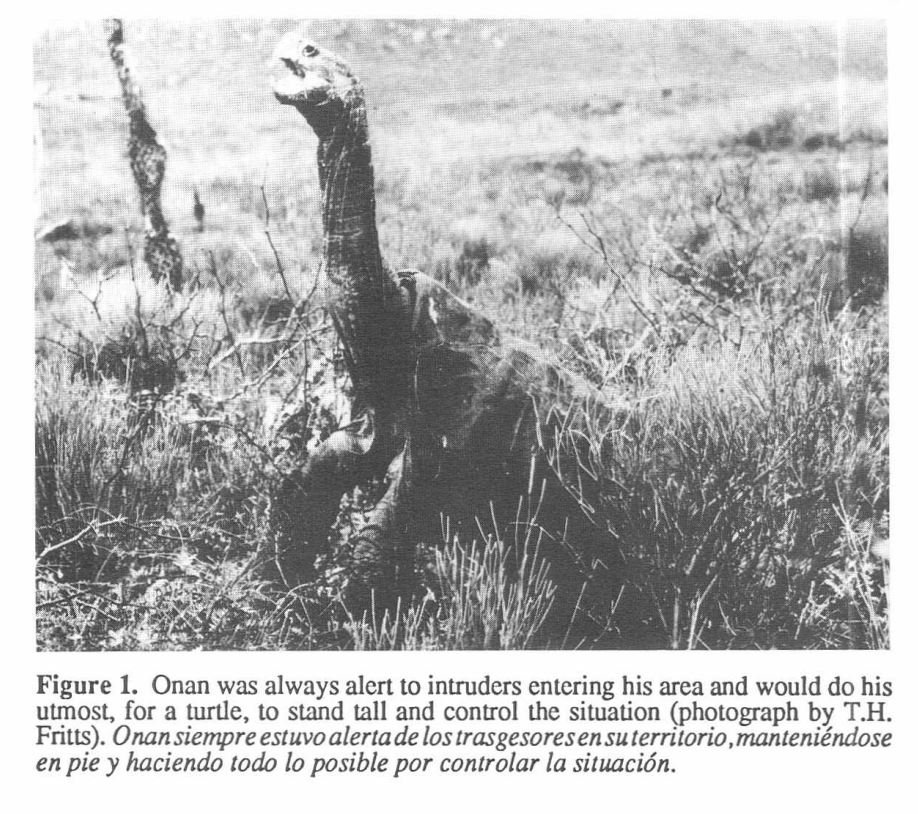
The Global Search for Lonesome George’s Mate
Craig will also be remembered for one of the most iconic and poignant chapters in Galapagos conservation history: the international effort to find a mate for Lonesome George, the last known Pinta Island tortoise (Chelonoidis abingdonii).
In a bold and imaginative move, Craig—then Director of the Charles Darwin Research Station—issued a worldwide "WANTED" notice in collaboration with the World Wildlife Fund, appealing to zoos and wildlife institutions to help identify a potential mate. Though the campaign ultimately did not succeed in finding a female Pinta tortoise, it left behind a legacy of international engagement and scientific collaboration.
Craig later reflected on the effort with his characteristic humor and humility:
"My first reaction upon meeting the still nameless Lonesome George was — that tortoise is fat. His caretaker in the 1970s loved to feed him bananas. And though he liked bananas, he didn’t much care for other tortoises, always running away from them. I tried to see the tortoise females with tortoise eyes and they looked pretty good to me.
Although our interminable search for a mate for Lonesome George never bore fruit, it resulted in another major coup for Galapagos conservation. While hunting for a Pinta female, we discovered a male Española tortoise in the San Diego Zoo. He was returned to Galapagos and became the main stud in the Española breeding group, fathering many of the young tortoises that roam Española today. So although we never found George a mate — the search proved serendipitous.” --- Source: Linda Cayot, 2014 (link)
What began as a mission to save a species became a breakthrough for another. The discovery and repatriation of Diego, the Española tortoise Craig refers to, was a direct outcome of that global search. Diego would go on to father hundreds of offspring and play a pivotal role in the recovery of his species—an unexpected and deeply meaningful victory for Galapagos conservation.
A Life of Joy, Curiosity, and Connection
Craig’s scientific rigor was matched by his warmth, generosity, and humor. He mentored countless students, traveled widely, camped into his late 70s, and delighted in surprising his family with jalapeño peppers or oddball roadside souvenirs. He brought the same spirit of curiosity to his personal life that he brought to the field.
He also gave generously to causes close to his heart—from wildlife protection and Indigenous education to civil liberties. His values ran deep, and he lived them fully.
Craig requested no formal memorial. Instead, he asked that we remember him with good food, good company, and shared laughter. His ashes will be scattered among the tortoises of Galapagos—a final return to the place that shaped his career, captured his heart, and gifted him stories like that of Onan.
We extend our heartfelt condolences to Craig’s family, friends, and all those who had the privilege of knowing him. His memory will remain forever alive in the work we carry forward, the ecosystems he helped protect, and the lives he touched so deeply.
The Galapagos—and all of us—will never forget you.
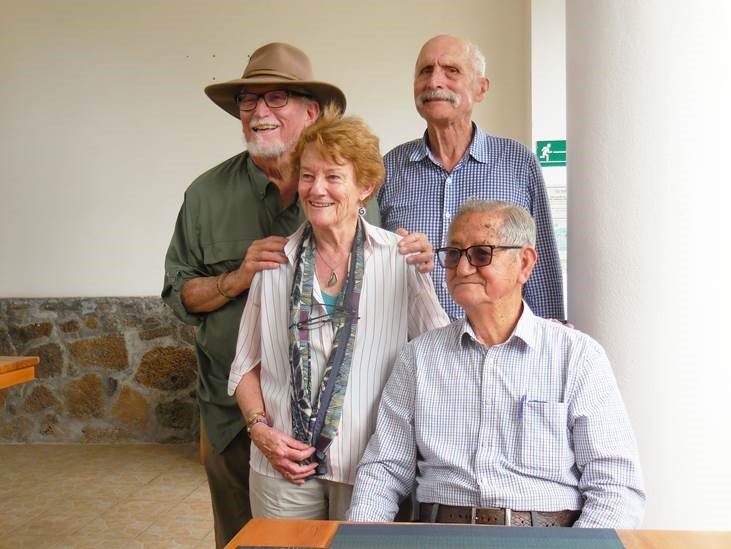
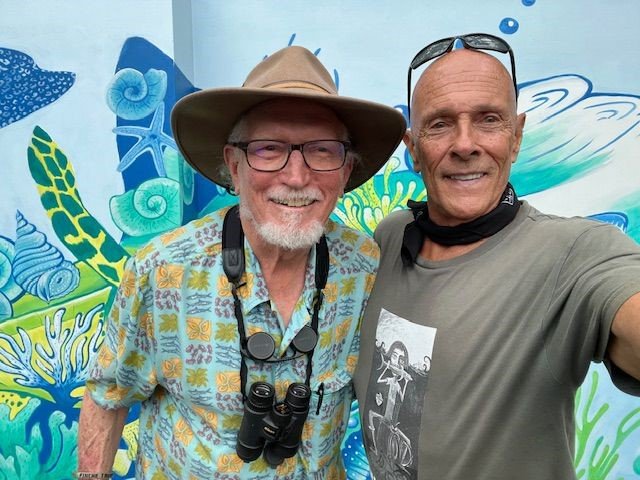
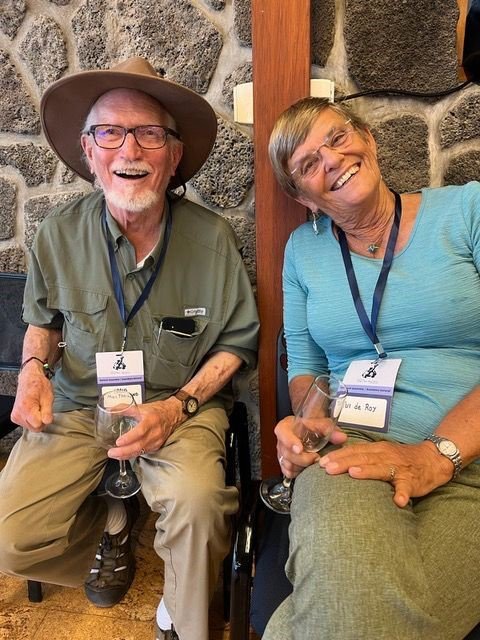
Photos courtesy of Sylvia Harcourt, Tui de Roi and Jack Grove.
